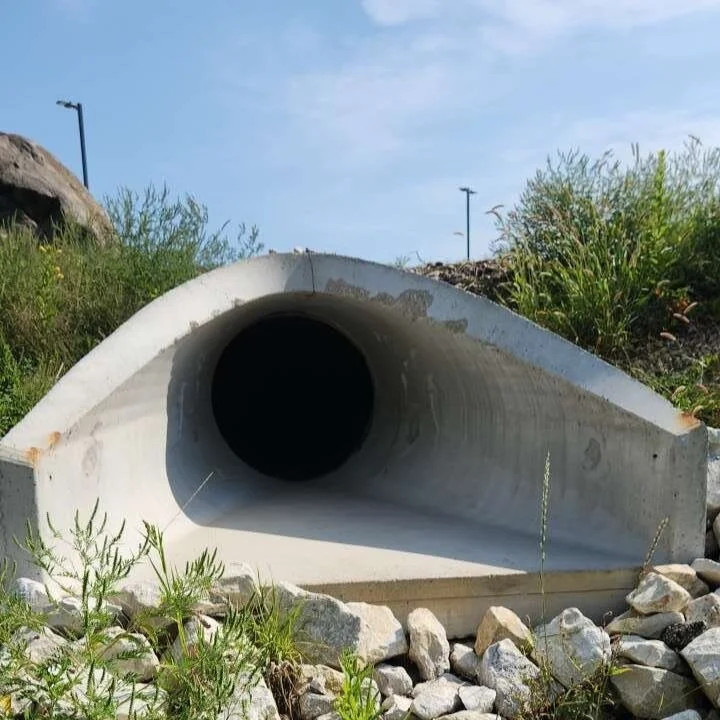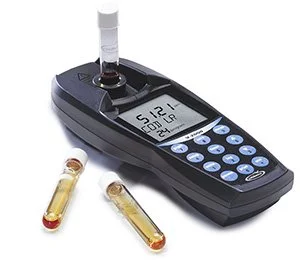Illicit discharges are a major contributor to urban water pollution, and addressing them is a key requirement for Municipal Separate Storm Sewer System (MS4) communities under Wisconsin Department of Natural Resources (WDNR) regulations. Many municipalities face challenges like limited resources, complex infrastructure, and staff turnover. R/M supports communities in overcoming these obstacles with a streamlined, technology-driven approach.
Illicit discharges—unauthorized non-stormwater flows entering storm systems— can carry pollutants like oil, chemicals, and bacteria into local waterways, threatening public health and ecosystems. While IDDE programs are required by the EPA and WDNR, many communities struggle to maintain consistent inspections, documentation, and performing follow-up.
Our Solution
R/M combines mobile tools, historical data, and planning to improve IDDE efficiency and outcomes. Using Survey123, a GIS-powered app for collecting field data through smart forms and location-based tools, inspectors complete standardized digital forms, capture GPS-tagged photos, and access system maps in the field—boosting accuracy and speed. Historical inspection data helps prioritize high-risk areas and ensure compliance with inspection timelines.
We proactively schedule field agreements early in the year, allowing flexibility to adapt to weather-related changes. To avoid disruptions, we coordinate advanced communication about road closures for planned outfall inspections.
Field safety is our top priority. R/M integrates hazard awareness directly into GIS platforms, enabling inspectors to review safety conditions at each location ahead of time.
The chemetrics V-2000 Photometer used by our team.
Improved sampling practices also stregthens our IDDE program. We not use a Photometer for water quality testing, and we work closely with the WDNR to clarify and apply appropriate sampling thresholds. This ensures consistency and defensibility in lab and field results.
To support long-term compliance planning, we assist communities with budget forecasting through clear unit pricing and conservative fee estimates—allowing clients to plan efficiently without unexpected costs.
Case Example: Regional Collaboration in Action
In one community R/M partnered with, repeated signs of illicit discharge were observed at a location near the boundary of an adjacent municipality. Using historic data and a targeted follow-up inspection, R/M narrowed the issue down to a key segment where stormwater system ownership changed. Field use of Survey123 enabled real-time visibility into the storm sewer network during investigations, and the evidence pointed to a discharge source originating from the neighboring community.
R/M coordinated with WDNR and the client to compile documentation and notify the adjacent municipality of the discharge. This case highlighted how ownership boundaries can complicate IDDE enforcement, but also demonstrated that with the right tools and data, municipalities can clearly define responsibilities and foster inter-community collaboration to stop pollution at its source.
Why It Works
By managing over a hundred outfall inspections annually, R/M brings extensive experience in managing IDDE compliance for multiple communities. Our scalable system allows for coordinated sampling, inspections, and reporting, helping municipalities make informed decisions and maintain compliance with confidence.
NEXT STEPS
To enhance your IDDE program, begin with an assessment of your current data collection and inspection process. R/M can help deploy the right tools, analyze trends, and create a proactive plan that supports both regulatory compliance and environmental protection.
About the Author
Abby HANSON, E.I.T
Project Engineer
Abby is a civil engineer that emphasizes her work in the stormwater and environmental field. She has experience performing Green Infrastructure inspections for MMSD. Abby is experienced with MS4 modeling which includes proficiency with ArcGIS and WinSLAMM to support stormwater management plan creation. Her field experience includes construction review, conducting site visits and field evaluations related to siting/and or avoidance of natural resource constraints, and assisting with habitat assessments and water quality monitoring studies. She also has multiple years of construction review technician experience on a variety of jobs including storm sewer, water main, sanitary sewer, and paving projects.





